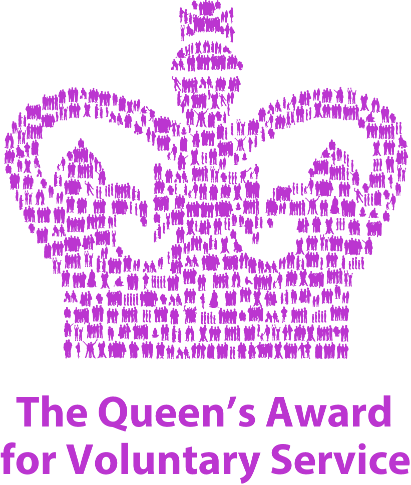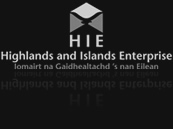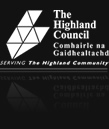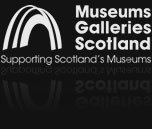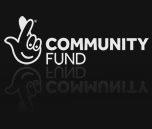Blog
The Lost Portraits of Bonnie Prince Charlie unveiled their mysterious allure during a recent talk held on March 17th, 2024, in Fort William by Dr. Bender Grosvenor. Grosvenor is an art historian and dealer and a BBC broadcaster. He has discovered a number of previously lost Jacobite portraits.
He first discussed the historical importance of imagery, shedding light on the strategic use of portraits to maintain power and influence, even during times of exile and defeat. Citing Henry VII as an example of one who put his image out as PR. He had coins minted with his likeness after the Battle of Bosworth in 1485. James II of Scotland produced much imagery when in exile in France after 1648. It maintained the illusion that all was well (e.g. power, wealth, grandeur), not only to followers and supporters, but to other monarchs and people of influence.
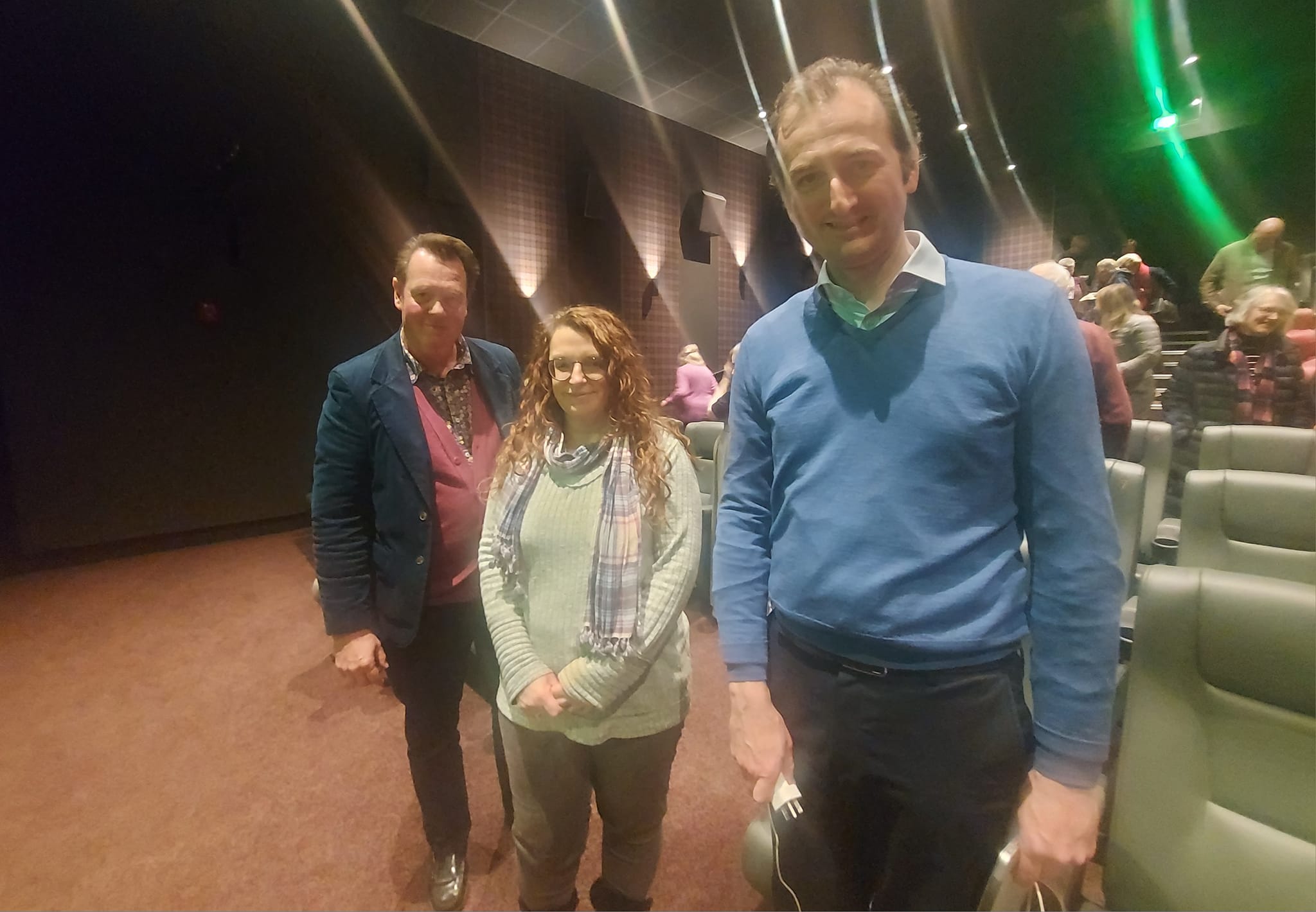
Some imagery was designed to be secretive and to only be appreciated by chosen people. I refer to the deliberately distorted painting of Prince Charles Edward Stuart displayed here at the museum. The wooden board appears to carry a smear of paint, but when viewed through the metal cylinder, the prints can clearly be seen. If a non Jacobite visited, by moving one of the two objects, they would have had no idea that the Prince's imagery was present.
Grosvenor went on to explain how often paintings could be lost. He said that the paintings essentially lost their importance after the Jacobite defeat on the Culloden battlefield. Paintings could then become improperly named, and artists would paint over sashes and shields, in effect producing another painting. Often Jacobite imagery was tweaked and renamed as influential French dignitaries. This appeared to be a basic commercial act (giving the painting more value), rather than a concerted attempt to remove Jacobite imagery. In fact, the prince's portrait was often morphed by painters into Louis XV of France, purely for commercial reasons.
Grosvenor then talked us through the discovery he made pertaining to one of the well known Jacobite portraits in the National Gallery of Scotland, and the investigative process that led to the correction of historical records. The portrait was alleged to be Prince Charles in armour, a recognisable image in the 2000‘s due to its copy adorning shortbread tins and even being used as the prince’s true likeness in the Oxford Dictionary of National Biography. Grosvenor, however, on coming across ’Portrait of a Cardinal’, an image of Prince Henry Benedict by De La Tour at auction, came to the realisation that this was a near match to the iconic portrait of Charles in the National Gallery. The portrait hanging in the Gallery was indeed Prince Henry Benedict, Charles's younger brother. Henry had supported his brother's claim to the throne through naval expedition, hence why he was in armour in the sitting. Henry in later years would become Cardinal York.
So, in 2009, the National Gallery had to admit the mistake, rename the portrait, and begin the search for a genuine image of the prince.
Grosvenor then brought us on to the image of the prince that hangs in the National Gallery today.
A portrait by Alan Ramsay?
The portrait came from Gosford House, and they have Ramsay and Stuart cited in their catalogue but more proof was needed.
Grosvenor explained that Ramsay was known to keep company with Stuart, even attending the same functions. Grosvenor had also unearthed a letter from the Cumberland Papers held in the Royal Library in Windsor inviting Ramsay to Holyroodhouse to paint Stuart, dated the 26th of October, 1745. This posed an issue as an 18th century journal writer, George Vertue, noted that Ramsay had headed to London in October, written as ’Xber’. After much research, Grosvener was able to show that the X was an abbreviation of the Latin decem, so Ramsey was clearly still in Edinburgh after Stuart had left to march south. Assessment of the painting style further proved it was Ramsay. The brush strokes for the hair, light under the chin and facial tones all pointed to the esteemed portrait artist. Facial features also matched Stuart's, seeming to confirm that this was a life painting from a sitting and commission.
Grosvenor explained to us that it was a small painting designed to travel. The Prince was heading south, and this image could be reproduced like others for ’PR’. His portrait doesn't have tartan or other Scottish imagery on it so it was clearly aimed at his English audience. This is a stark contrast to the imagery of the Prince as a Highlander with strong Jacobite themes.
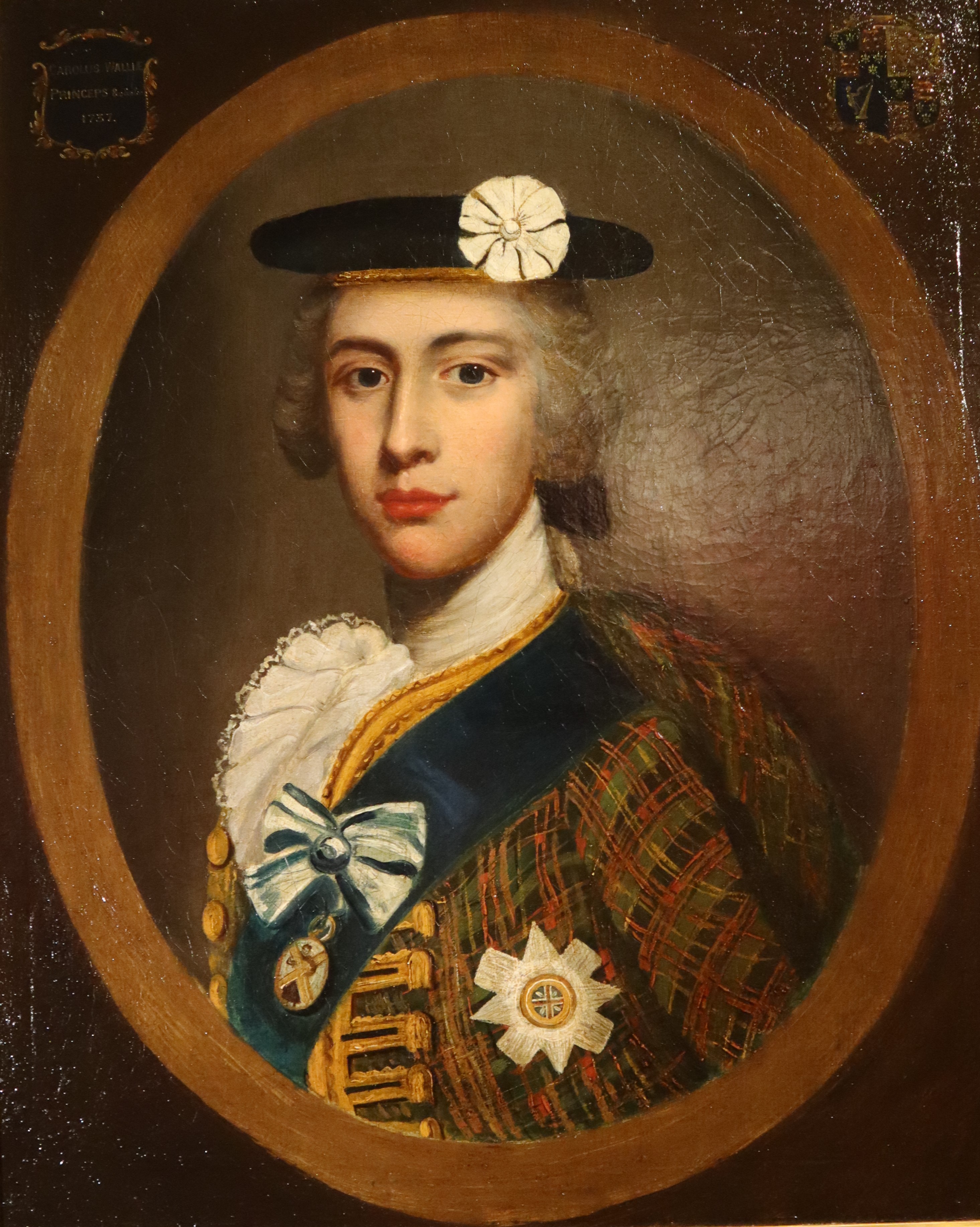
Grosvenor then talked the audience through his acquisition, the ’Highlander Portrait’ painting, loaned to us, and hanging currently in our Jacobite collection. The artist is unknown, but this Highlander Portrait was definitely aimed at the Scottish audience and probably painted after his return from Derby. Possibly in the 19th century, someone had attempted to beautify the Prince and painted his image with blue eyes. Grosvenor had the painting x-rayed and the true essence of the artwork was revealed, unveiling historical secrets that added depth and richness to the narratives of Prince’s era, it revealed the true Prince with brown eyes below! The discoveries just kept coming! The x-ray revealed a Jacobite battle banner in a further layer of paint below that of the Prince. It shows a coat of arms, a red saltire and white background, and two savages holding the banner. Grosvenor said it could belong to Archibald Menzies of Shian, who fought for the Prince. The Prince stayed in Castle Menzies on his march to Culloden in 1746. Robert Strange produced an engraving of the painting in 1746, though Grosvenor doubts he was the original artist.
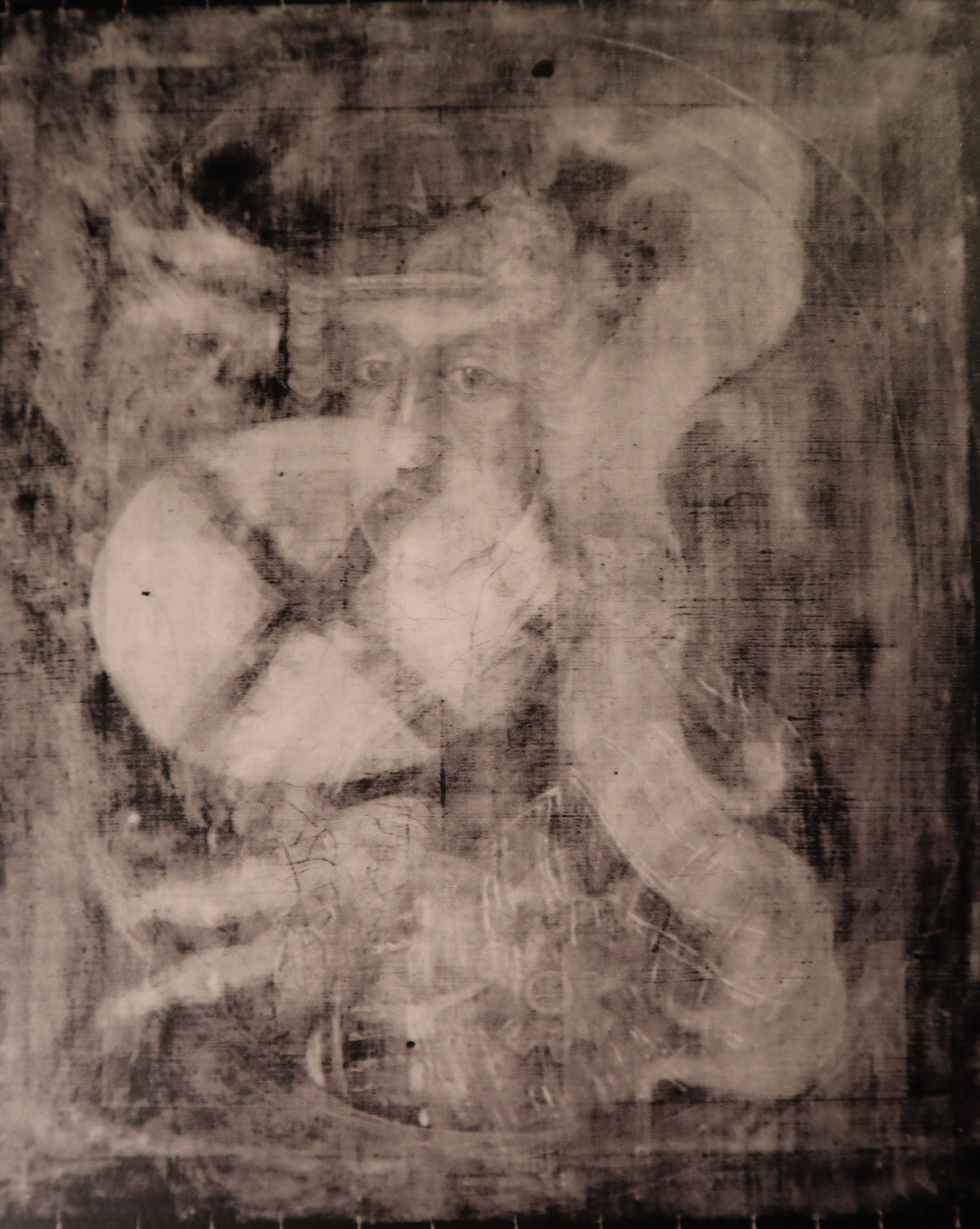
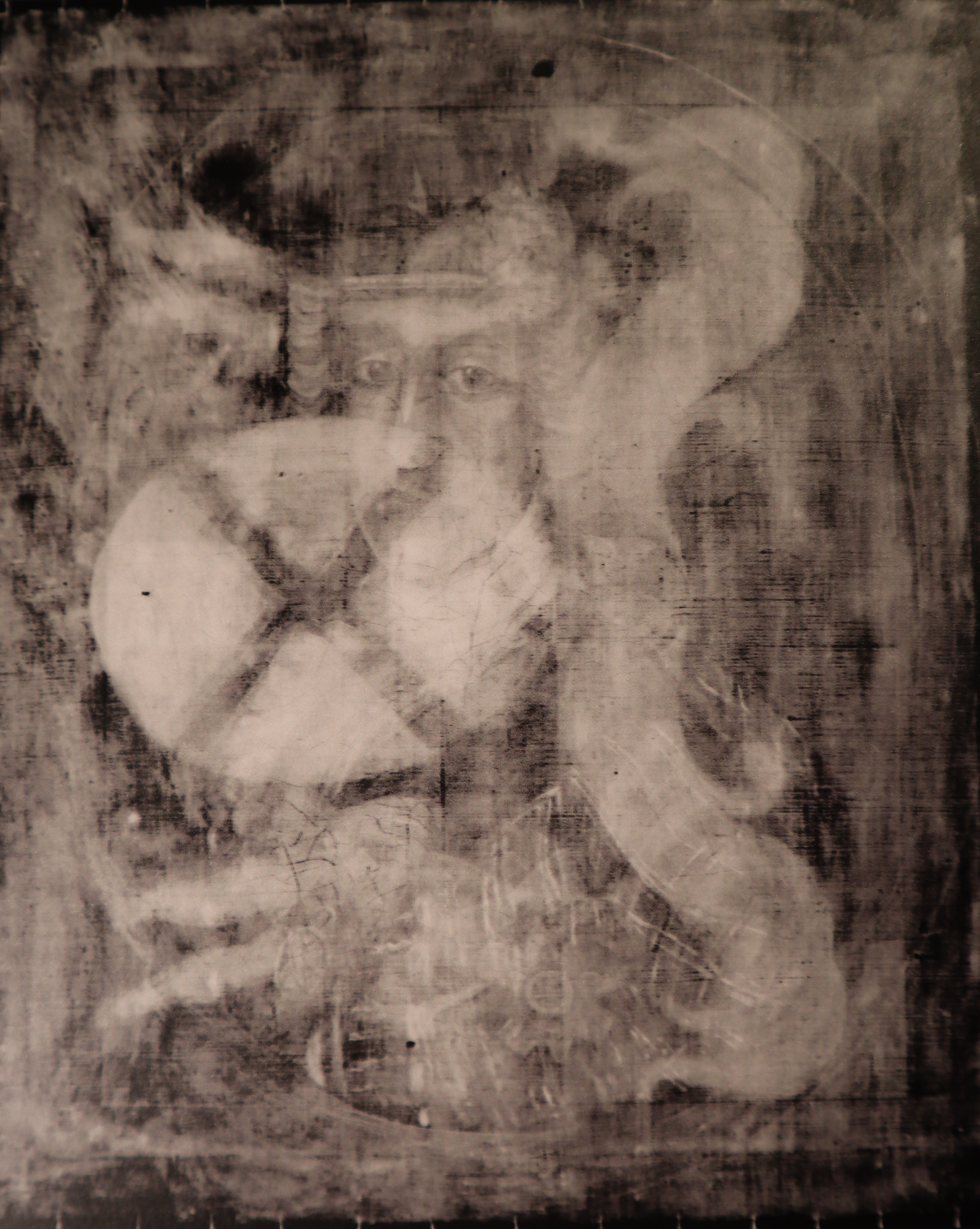
It's worth visiting us to vier the Jacobite collection. The Highlander Portrait is stunning and can be viewed alongside the many Jacobite artifacts the museum has accumulated, including Robert Strange's copper printing plate. An immersive experience is promised for those eager to uncover the mysteries of the past.
We look forward to seeing you there!
Julie Ruddock
West Highland Museum Volunteer and Exploring Scotland’s History content creator
Exploring Scotland's History YouTube channel
Exploring Scotland's History Facebook group
Images:
1. Dr Bendor Grosvenor (right) with Ian Peter MacDonald (Chair of Board, West Highland Museum) and Vanessa Martin (Curator Manager, West Highland Museum)
2. The Highlander Portrait currently on loan to West Highland Museum
3. & 4. X-rays expose images beneath the Highlander Portrait
Subscribe to receive an e-mail when we post new blog articles.
Each e-mail has an unsubscribe link.




